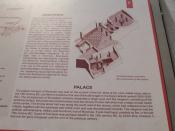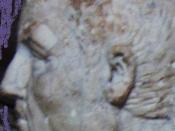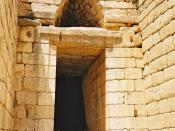The Dramatic workThyestes by Seneca is a classic example of a revenge tragedy. In this drama there are many themes, which can be easily interpreted. The themes of supernatural events, retribution, revenge, greed, and royal family quarrels occur through out this work and are easily recognizable. In this tragedy prolonged feelings of revenge can also drive humans mad. Seneca makes use of certain characters to outline the lunacy of the characters entwined in the revenge scheme. In this tragedy Seneca digs into the human mind and pushes it past the boundaries of moral decency. Many scholars have analyzed the works of Seneca. In this paper I will analyze and interpret the themes in this ancient text and compare my findings with other scholars.
As many classical playwrights did, Seneca drew the inspiration for this drama from the myths of ancient Greece. This play has only five short acts, so understanding the prologue to these events is essential.
Thyestes, the main character, is the brother of Atreus who is the king of Argos. Thyestes coveted his brother's power and seduced his wife Aerope. With her help Thyestes stole the token of kinship, the gold-fleeced ram, in order to succeed his brother to the throne. Seeing this threat to his sovereignty, Atreus banishes his brother Thyestes, for his overwhelming gluttony for authority. At the beginning of the play Atreus is plotting revenge on his exiled brother. The storyline previous to the play is what sets the event of this revenge tragedy in motion. Atreus's own brother had betrayed him by seducing his wife and attempting to overthrow his power but his plan was foiled. This sets the stage for Atreus to take his revenge.
In the first act a supernatural being appears. This is the ghost of Tantalus, father...



Long
This essay is knid of long winded and it seems to me that you were just trying to fill up space. The tittle sucks because you don't really know what the essay is about. Other than that your comparison of the play seems to be pretty good.
3 out of 3 people found this comment useful.